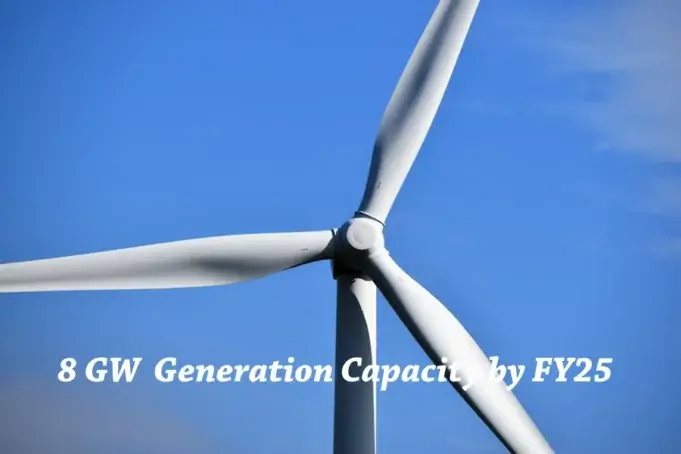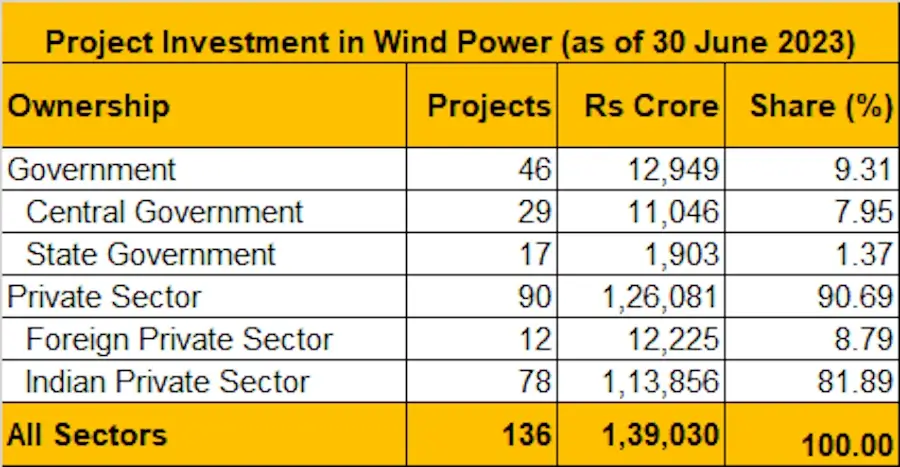India’s annual wind capacity additions are expected to be at 3.5 GW in FY24 and 4.5 GW in FY25. In FY23 the country saw capacity addition of just 2.3 GW capacity, as per a report published by ICICI Securities.
A recent policy change made by the Central government is expected to aid the ambitious capacity addition expected in the next couple of years. The earlier e-reverse bidding mechanism policy adopted by the government for the allocation of wind projects, resulted in irrational bidding by the developer. As a result, a number of successfully auctioned projects remained on the drawing board. To correct the situation, recently, the Central government amended the wind energy policy and allowed the drafting of the power purchase agreements on a single-stage two envelope-closed bidding method.
As of June 30, 2023, the wind power sector in India is experiencing significant growth, with a total investment of Rs 1,39,029 crore in 136 projects which are at various stages of development.
However, a closer examination of the data reveals that only 29.55 percent or Rs 41,077 crore of total projex (projects expenditure) committed on 43 new projects are currently being executed. These projects are at different stages of realization, ranging from construction to commissioning. In contrast, the majority of the investment, a substantial 70.45 percent of the total, is still in the planning phase.
While the significant proposed investment highlights the recognition of wind power’s potential, the execution ratio indicates the need to expedite project implementation.
Looking at the ownership structures, both public and private entities are involved in harnessing wind power. The public sector, represented by the Central and State Governments, holds a stake of 9.31 percent or Rs 12,949 crore. On the other hand, the private sector takes the lead in investments, with a portfolio of 90 projects. Their cumulative investment amounts to Rs 1,26,081 crore, which is 90.69 percent of the total funds.
Although the government’s role may be smaller in terms of investment, it plays a crucial part in formulating policies and creating a favorable environment for wind power projects. In summary, there is an urgent need to accelerate the pace of project execution in order to fully tap into the potential of this sector.












